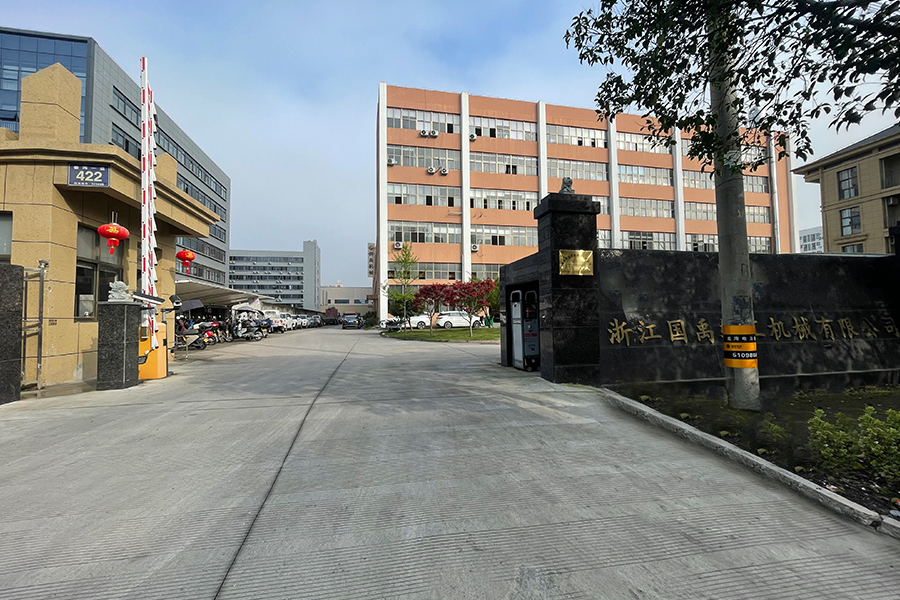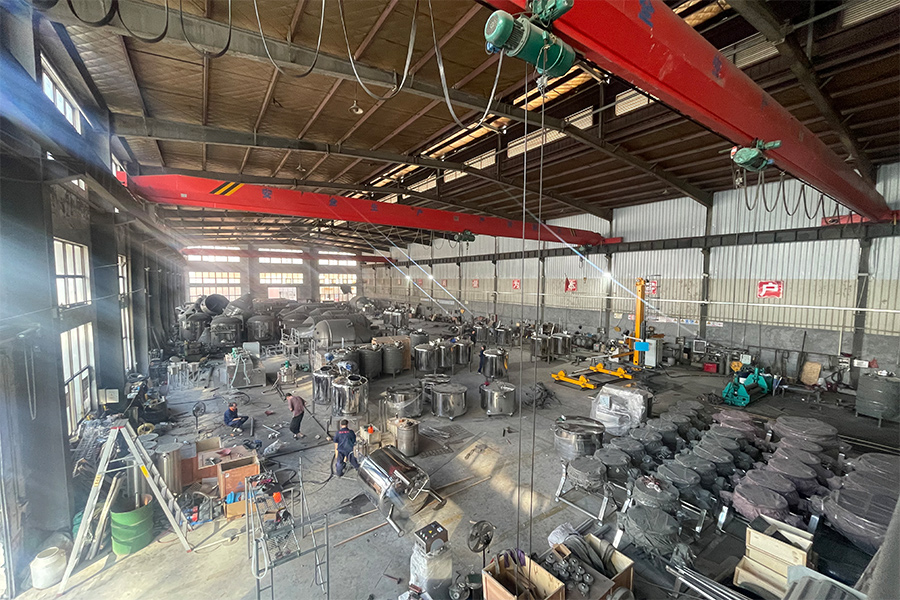-
 [email protected]
[email protected]
-
 +86-13706666922
+86-13706666922

A chemical poly mixer tank is a type of industrial mixing equipment commonly used in the processing and handling of chemicals, polymers, and related compounds. These tanks are designed to mix, blend, and store various chemical solutions in liquid or semi-liquid form. They are often employed in industries such as water treatment, agriculture, pharmaceuticals, cosmetics, food production, and chemical manufacturing.
Chemical poly mixer tanks are typically constructed from polyethylene or other chemical-resistant plastics. These materials are chosen for their durability, corrosion resistance, and ability to handle a wide range of substances without degrading. The tanks may be available in single or double-layer configurations, with options for open or closed tops depending on the application.
The internal mixing system often includes mechanical agitators, paddles, or impellers powered by an electric or pneumatic motor. These components help to achieve uniform mixing and prevent sedimentation or stratification of the chemical compounds. Some tanks may also feature integrated baffles to enhance turbulence and improve mixing efficiency.
The base of the tank is usually conical or sloped, which allows for complete drainage and easy cleaning. Ports and nozzles are often included for inlet and outlet connections, level sensors, and chemical dosing systems.
The primary material used in more chemical poly mixer tanks is high-density polyethylene (HDPE) or linear low-density polyethylene (LLDPE). These plastics are known for their strength, flexibility, and resistance to a wide array of acids, bases, salts, and organic solvents. In some cases, UV-stabilized polyethylene may be used for outdoor installations to prevent degradation from sunlight exposure.
Gaskets, seals, and fittings are also selected for chemical compatibility. Depending on the application, components made from polypropylene, PTFE, or EPDM may be used to ensure leak-proof operation and extended service life.
Chemical poly mixer tanks can be customized in a variety of ways to meet the specific needs of different industries. Some commonly available features include:
Agitator Speed Control: Variable-speed drives enable users to adjust the mixing intensity according to the viscosity and composition of the contents.
Integrated Control Panels: For automated control over mixing cycles, temperature settings, and motor operation.
Sight Glass or Level Indicators: These allow operators to monitor liquid levels without opening the tank.
Heating or Cooling Jackets: Some applications require temperature regulation, which can be achieved through thermal jackets or immersion coils.
Mobility Options: Tanks may be equipped with caster wheels or forklift skids for easy transport around a facility.
Common Applications:
Water Treatment Plants: Used for mixing coagulants, disinfectants, and pH adjustment chemicals.
Agriculture: Employed to blend fertilizers, herbicides, and pesticides in liquid form.
Chemical Industry: Utilized for combining and diluting chemicals before further processing or packaging.
Pharmaceuticals and Cosmetics: Mixers are used to prepare liquid formulations and emulsions under sanitary conditions.
Food and Beverage Processing: These tanks help in blending additives, flavorings, or preservatives while maintaining hygienic standards.
Operators must follow specific guidelines when working with chemical poly mixer tanks to ensure safe and efficient use. The tank should be inspected regularly for signs of wear, chemical buildup, or mechanical issues with the mixer.
Tanks should be thoroughly cleaned between batches to avoid cross-contamination, especially in food, pharmaceutical, or cosmetic applications. Cleaning can be performed manually or through clean-in-place (CIP) systems.
A chemical poly mixer tank is a versatile and essential tool for various industries requiring chemical processing. Its corrosion-resistant construction, customizable design, and efficient mixing capabilities make it suitable for a wide range of liquid-handling tasks.







